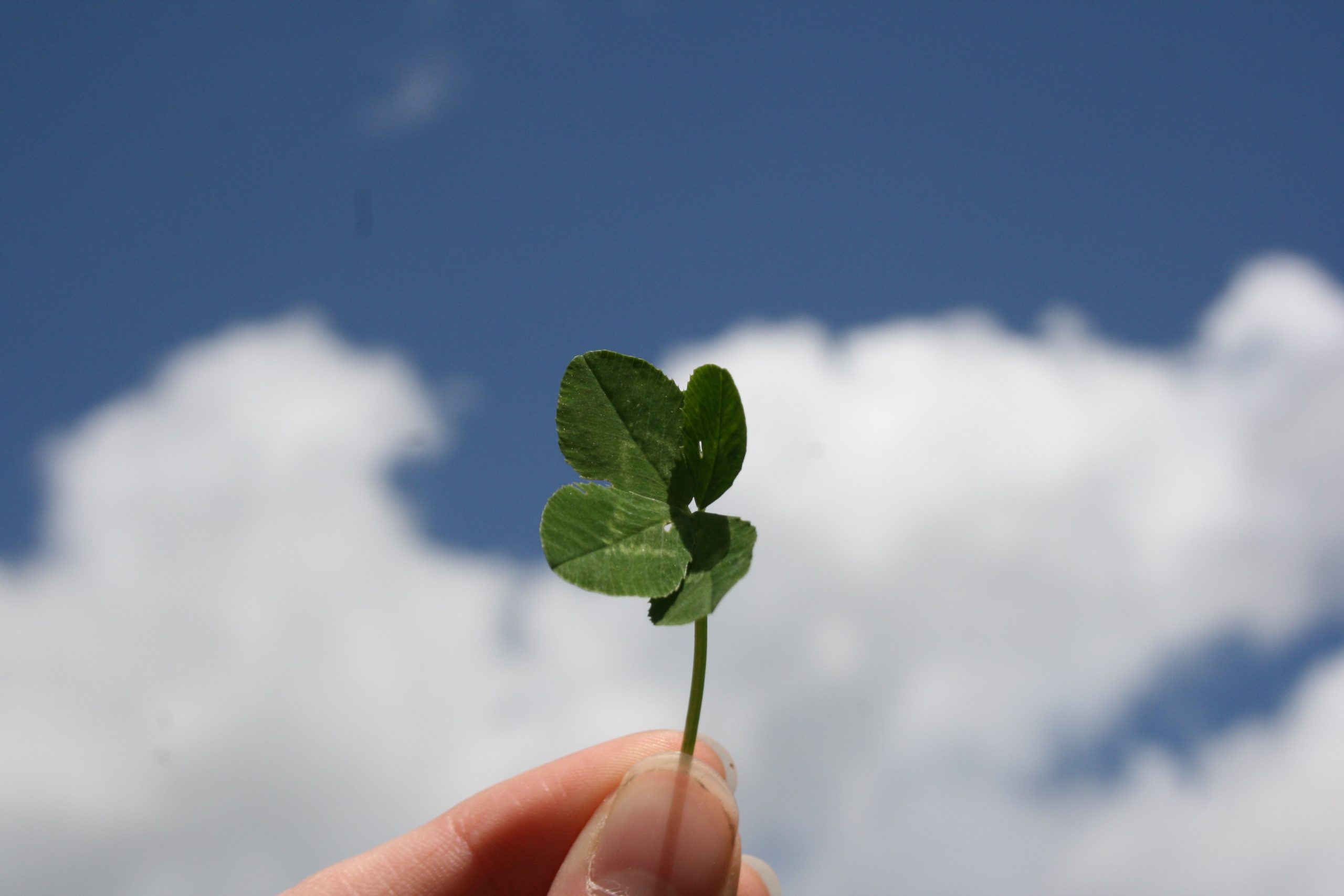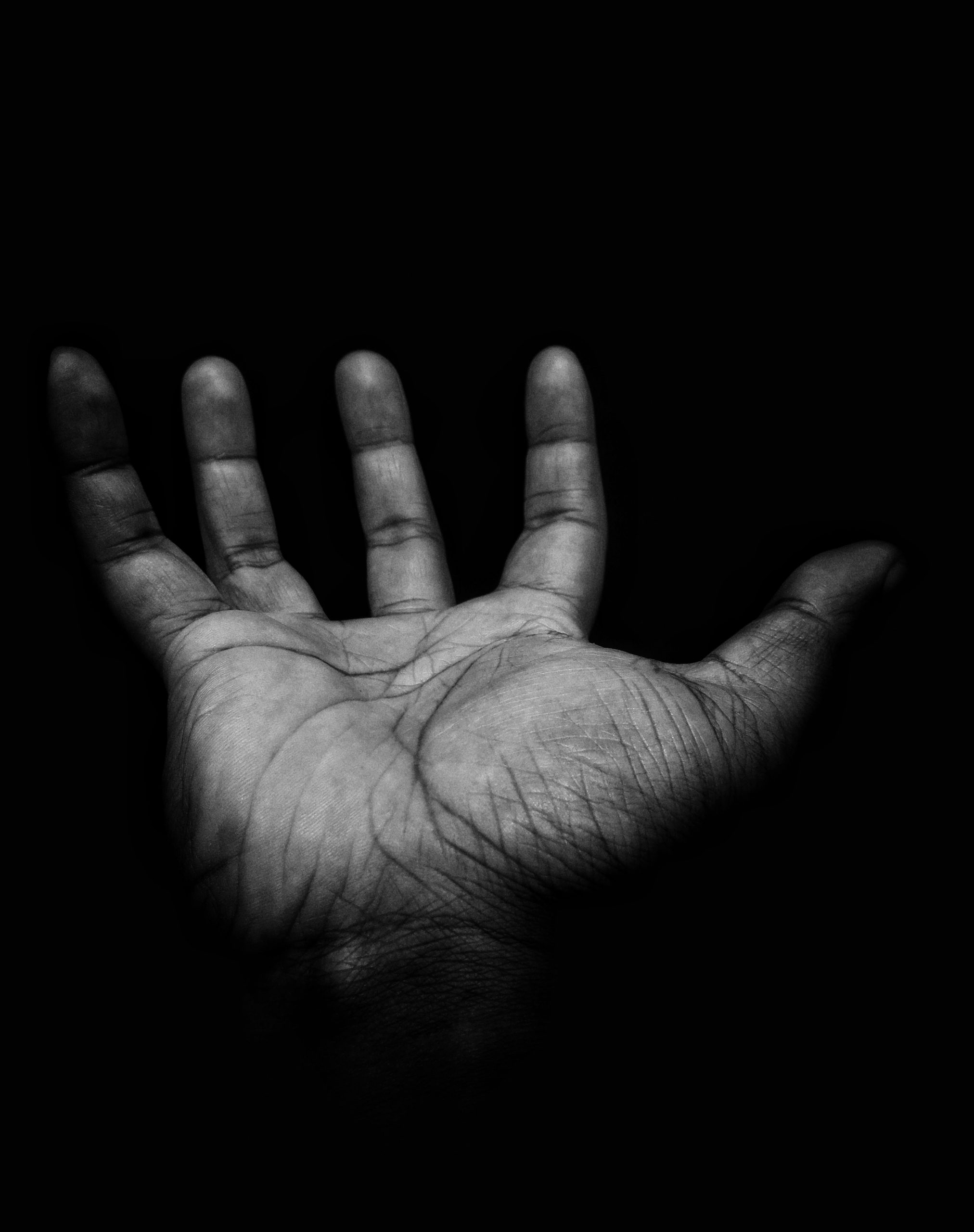The Effects of Breakups on Culture and Christianity – Part II
May 30, 2022 | Christian Living, Dating, Relationships, Series, Wisdom | No Comments

Phycological Research and Impact
Though much of conservative Christianity opposes modern-day secular psychology, there are great needs that are being revealed from genuine evidence within that realm. The specifics that will be analyzed and reviewed here are those pertaining to breakups within culture. In fact, within the hard evidence that modern studies are revealing rests the need for this writing. Karin and Robert J. Sternberg (editors) recently released the second edition of their work The New Psychology of Love. In it, David M. Buss presents a concerning revelation: “Falling out of love has many dark sides. ‘Love’s pleasure lasts but a moment; love’s sorrow lasts all through life’ (Celestine, a French writer of fables). The crash can be physically dangerous for women and psychologically traumatic for both sexes. Hearts broken from love lost rate among the most stressful life events a person can experience, exceeded in psychological pain only by horrific events such as a child dying … Losing love, in short, remains traumatic, both for the dumper and the dumpee.” Buss even goes as far as to state, “In our recent studies, we found that an alarming number of men who are unceremoniously dumped begin to have homicidal fantasies… The mere loss of love is enough to make a man homicidal” (2019, 54- 55). This research and the results thereof display the extreme realities of heartbreak that can result from a mere breakup. In just a few short pages of his writing, Buss will go on to support these causes with evolutionary processes, but the goal of this paper will be to explain these respected psychological results through a Christian and Biblical view.
The evidence previously discussed should not come as a surprise, and the effects of this evidence are vastly reaching. Author and Pastor, Gary Thomas recognizes this reality in his recently updated and revised book, The Sacred Search when he handles Buss’s comments: “It’s not the same for everyone, of course, but some people have been known to die from a heart attack or stroke following depression caused by a romantic breakup…Your hurt is real, even though it’s emotional” (2021, 37). Research conducted in 2011 reports, “Although most adults are resilient following romantic breakups, some experience symptoms similar to those of bereavement including intrusive thoughts, insomnia and depression. In a study conducted by our group, university students who experienced romantic breakups had elevated scores on intrusive thoughts, difficulty controlling intrusive thoughts and insomnia scales (Field, Diego, Pelaez, Deeds, & Delgado, 2009)” (Field, 2011). Aside from the personal impact of breaking up, there is also the sad reality that “hurt people, hurt people.” Stephan Labossiere, modern-day counselor and social media influencer discusses this in his book Finding Love After Heartbreak: Volume 1. He states, “We live in a world actively engaged in an extreme, ongoing cycle of existence. Damaged, hurt broken people are passing their damage, hurt, and dysfunctional brokenness onto each other” (2019, 57). This psychological impact is both inward, toward oneself, and outward, toward others.
Beyond this impact remains the understanding that this will impact men and women respectively. One gender is not more or less susceptible to the effects and impact of breakups, though the effects may be different. This is grounded in the Biblical truth that men and women are different (Genesis 1:27). The scope of this writing will not allow for a major analysis of this point, but John and Stasi Eldredge address these differences in their books Captivating: Unveiling the Mystery of a Woman’s Soul and Wild at Heart: Discovering the Secret of a Man’s Soul. Women and men have different comprehensions of romantic pursuits and relationships. Staci Eldredge acknowledges in Captivating that even at a young age, many women and girls desired to “be the beauty, abducted by the bad guys, fought for and rescued by a hero” (2010, 9). It is this “dream” that becomes seemingly ripped away from someone in the event of a breakup. The knight in shining armor now appears to be the rider of the evil dragon. Fire has been breathed, and pain has been caused; certainly, this pain is real. On the other end of the spectrum, one sees “capes and swords, camouflage, bandanas and six-shooters—these are the uniforms of boyhood. Little boys yearn to know they are powerful, they are dangerous, they are someone to be reckoned with” (Eldredge 2010, 10). Here is displayed the heart of man at its youngest ages of development—he longs to succeed and to be the hero. What an excruciating reality it is for a man to experience sheer defeat when the one he is pursuing all but tears away his hopes. The effects are experienced differently because God created males and females differently.
One final element that demands attention in this discussion is the ever-prevalent reality of how sex plays into dating relationships and breakups. To clarify, it is this author’s position that sex is not dirty; rather, it is an act which was ordained by God to be used for selfless pleasure toward one’s spouse within the confines of a marital covenant, and that it is to be done in such a heart attitude that it should glorify God (Eggerichs 2004, 251) (Proverbs 5:19, Hebrews 13:4). This discussion is one that would not have to be mentioned if the world were perfect, nevertheless, reality usurps wishful thinking. Timothy Lane with Christian Counseling & Educational Foundation lays out the status quo mindset of culture toward sex and dating in four simple statements:
“We love each other and are faithful to each other, so I don’t think there’s anything wrong with having sex before we get married.
Isn’t it a good idea to see if we’re sexually compatible before we get married?
Don’t make sex before marriage unto such a big deal—everyone does it.
I’m not going to let other people make me feel guilty just because I don’t buy into their value system.” (2009, 3)
The average person who dates does not see the issue with sex outside of marriage. There is a lot that goes into this view that will not be discussed here, but it boils down to the wrong placement of God in their minds and lives.
There are two drastic views that would divide the dating culture: we can have sex before marriage, and we cannot have sex before marriage. Why does this matter? It matters because sex has a neurological impact on the mind (which is associated with the inner man) that can cause a breakup to have a worse effect on a person. Studies have shown that during intercourse and at the time of climax, endorphins (groups of hormones) are released. Russell Eisenman, Ph.D. asserts that these endorphins which are released are those which are responsible for the “feel good” feeling that humans get (2008). This is why it is viewed as nothing more than a pleasure for most people. J Bancroft summarizes this reality well: “An increase of endorphin levels during sexual activity in humans is presumed to contribute to attachment and bonding between partners, similar to that of a mother and her newborn” (2005). This attachment is the danger. When one adds this hormonal process that inhibits an attachment mechanism on top of the previously discussed male and female psychological effects, one has established a terrifying foundation for adverse outcomes at the time of a breakup. Again, time, space, and scope do not permit adequate discussion here, but the truth is presented. There is a great psychological impact that is surfacing due to the breakup paradigm that culture and Christianity are facing.
References
Bancroft, J. “The Endocrinology of Sexual Arousal.” joe. BioScientifica, September 1, 2005. https://joe.bioscientifica.com/view/journals/joe/186/3/1860411.xml.
Baucham, Voddie. What He Must Be…if He Wants to Marry My Daughter. Wheaton, Illinois: Crossway Books, 2009.
Buss, David M. 2019. “The Evolution of Love in Humans.” In The New Psychology of Love, edited by Sternberg, Robert J., and Karin Sternberg, 42-63. Cambridge University Press, 2019.
Cloud, Henry, and John Townsend. Boundaries in Dating: How Healthy Choices Grow Healthy Relationships. Grand Rapids, MI: Zondervan, 2000.
Eggerichs, Emerson. Love & Respect: the Respect He Desperately Needs. Nashville, TN: Integrity Publishers, 2004.
Eisenman, Russell. “Scientific Insights Regarding the Orgasm: Europe’s Journal of Psychology.” Scientific Insights Regarding the Orgasm| Europe’s Journal of Psychology, 2008.https://ejop.psychopen.eu/index.php/ejop/article/view/430/html.
Eldredge, John, and Stasi Eldredge. Captivating: Unveiling the Mystery of a Woman’s Soul. Nashville, TN: Thomas Nelson, 2010.
Eldredge, John. Wild at Heart: Discovering the Secret of a Man’s Soul. Nashville, TN: Thomas Nelson, 2010.
Farrel, Bill, and Pam Farrel. Single Men Are Like Waffles, Single Women Are Like Spaghetti: Friendship, Romance, and Relationships That Work. Eugene, OR: Harvest House Pub, 2008.
Field, Tiffany. “Romantic Breakups, Heartbreak and Bereavement-Romantic Breakups.” Psychology. Scientific Research Publishing, July 25, 2011. https://www.scirp.org/html/6296.html.
Getlen, Larry. “The Fascinating History of How Courtship Became ‘Dating’.” New York Post. New York Post, July 26, 2017. https://nypost.com/2016/05/15/the-fascinating-history-of-how-courtship-became-dating/.
Harris, Joshua. I Kissed Dating Goodbye. Sisters, OR: Multnomah Publishers, 2003.
Lane, Timothy S. Sex before Marriage: How Far Is Too Far? New Growth Press, 2009.
Ludy, Eric, and Leslie Ludy. When God Writes Your Love Story: the Ultimate Guide to Guy/Girl Relationships. Colorado Springs, CO: Multnomah Books, 2009.
Masonheimer, Phylicia. Stop Calling Me Beautiful. Eugene, OR: Harvest House Publishers, U.S, 2020.
Parrott, Les, and Leslie L. Parrott. Saving Your Marriage before It Starts: Seven Questions to Ask before–and after–Your Marriage. Grand Rapids, MI: Zondervan, 2015.
Pokluda, Jonathan, and Kevin McConaghy. Outdated: Find Love That Lasts When Dating Has Changed. Baker Books, a division of Baker Publishing Group, 2021.
“Psychology.” Merriam-Webster. Merriam-Webster, 2021. https://www.merriam-webster.com/dictionary/psychology.
Thomas, Gary. The Sacred Search: What If It’s Not about Who You Marry, but Why? Colorado Springs, CO: David C Cook, 2021.
Unger, Merrill F. The New UNGER’S Bible Dictionary. Edited by R. K. Harrison, Howard Frederic Vos, and Cyril J. Barber. Moody Publishers, 2005.
Weigel, Moira. Labor of Love: The Invention of Dating. Farrar, Straus and Giroux, 2016.
Young, Ben, and Sam Adams. The One: a Realistic Guide to Choosing Your Soul Mate. Nashville, TN: T. Nelson Publishers, 2001.





